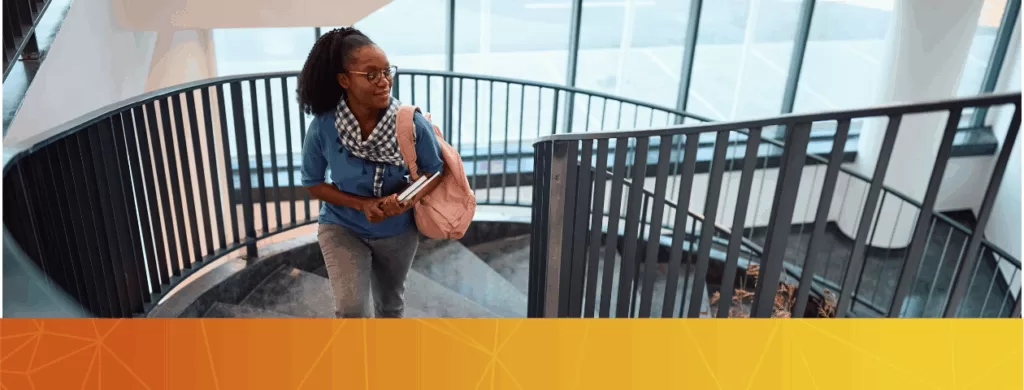For close to 300,000 A-level students, and their parents no doubt, 18th August is a date that will have been circled in red. Yes, results day is upon us, and it looks like for many students the news has been good – although some will have had to wait for longer to find out as the UCAS (University and College Admissions Service) website was temporarily taken down due to a high volume of traffic.
Dominating the headlines, as it has for the past 29 years, is the fact that the overall pass rate has risen, standing this year at a record high of 97.8 per cent. The share of students getting A or A* grades has, however, remained static at 27 per cent. This is something of a turn up for the books, as, until now, this figure has risen every year since 1997. At the very pinnacle, though, there has been a slight increase in students receiving A*s– up 0.1 per cent, from 8.1 to 8.2 per cent.
Though this increase only represents a tiny percentage of students – just over 800 – the figure is important due to the increased prominence of the grade in top universities’ admissions requirements. Last year only University College London, Cambridge, Warwick and Imperial College London demanded an A*. This year Oxford, Bristol, Exeter and Sussex have joined their ranks, and UCL, Warwick and Imperial all increased the number of courses requiring the grade (awarded for a score of over 90 per cent in final year exams), suggesting that perhaps, as universities get to grips with a grade only introduced in September 2008, it will become increasingly necessary for domestic students looking to gain a place at the very best UK universities.
Scottish Standard Grade and Higher results were also released earlier this month. The pass rate for the latter rose to 75.2 per cent – an increase of 0.5 per cent, while the figure for the former remained static at 98.5 per cent.
University places
UK universities have received a record amount of applications from domestic students this year, a whopping 673,570 (not all will have done A-levels this year). While it seems a positive development that so many students wish to further their education, the problem is that only around 487,000 places are available (they are capped to stop the student loan system from being overloaded – limits apply to students from the UK and the EU), so some are destined to miss out. Indeed, last year, 113,000 students failed to get the grades they needed, and 97,000 rejected offers, or withdrew from the system. These figures, sadly, will be slightly higher this year.
Thus far, 384,000 students have been accepted onto places, while 185,000 have entered the Clearing process – both record figures. The latter will be looking to secure one of 29,000 places; with over 6 students to each one, competition will be stiff.
The high levels of competition are thought to be the consequence of the tripling of the maximum fee for domestic and EU students to £9,000 as of next year. It is predicted that the number of applicants will fall as a result. In another new policy that will be introduced next year, individual universities will also be able to take on unlimited numbers of students that score two As and a B or better in their A-levels (the overall number of places across the country will not go up though). David Willetts, the minister in charge of universities, has stated that the reasoning behind this policy was to correct the fact that such high scoring students – around 4,500 of them last year – sometimes do not get university places.
More maths, less French
Willetts has also recently criticized the points systems currently used in university applications, stating that is wrong that all subjects are considered equal. He advocates precedence being given to ‘traditional subjects’.
It is interesting to note, in this light, the shifts in the subjects that students are sitting in this increasingly completive environment. Maths, biology, chemistry and physics have all increased in popularity – by 7.4, 7,2, 9,2, and 6.1 per cent respectively – over the past year. The figures are even more striking when you look at them over a 5 year period, with the number of students doing maths at A-level increasing by 40 per cent, and physics and chemistry by around 20 per cent.
French and German have both decreased in popularity (by 4.7 and 6.9 per cent), but the number of students doing Chinese increased from 2,372 to 3,237 this year, showing a shift in the mindset of modern language students.
Despite the drop in students studying languages, it is likely that increased fees and high levels of competition will drive more UK students – traditionally reluctant to do so – to study abroad. In 2009 over 1000 UK students were studying in the Netherlands, and 2009/10 figures show that 1,500 were studying in Ireland. Recent figures also show that the number of UK students studying the US has increased by 1.8 per cent to 8,861 in 2009/10.



